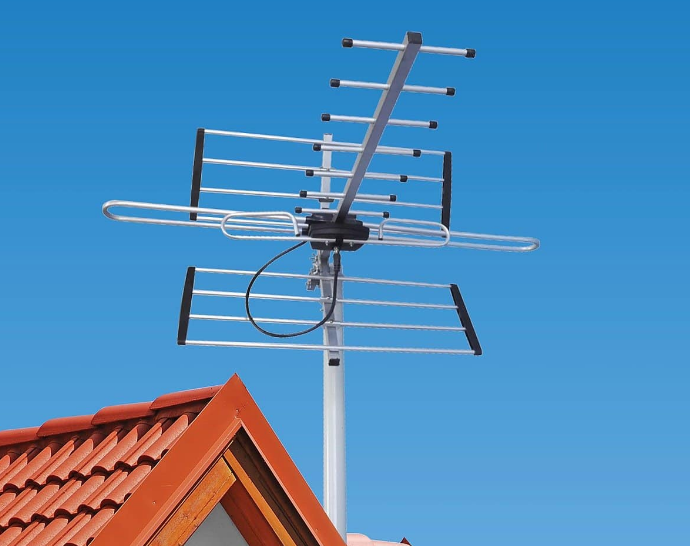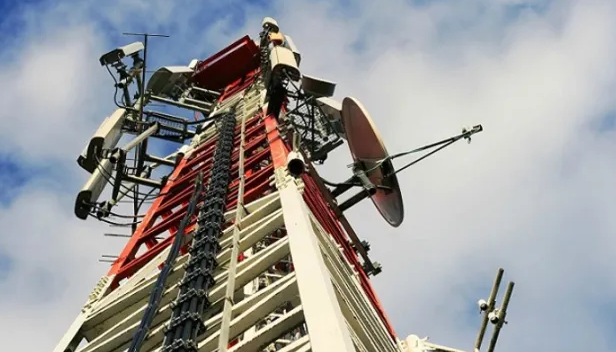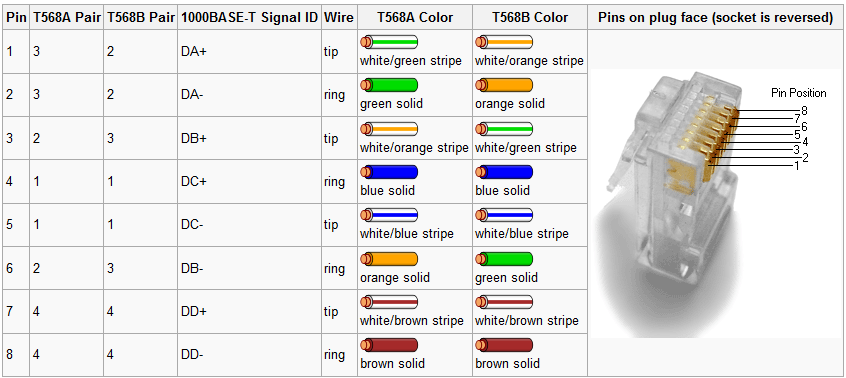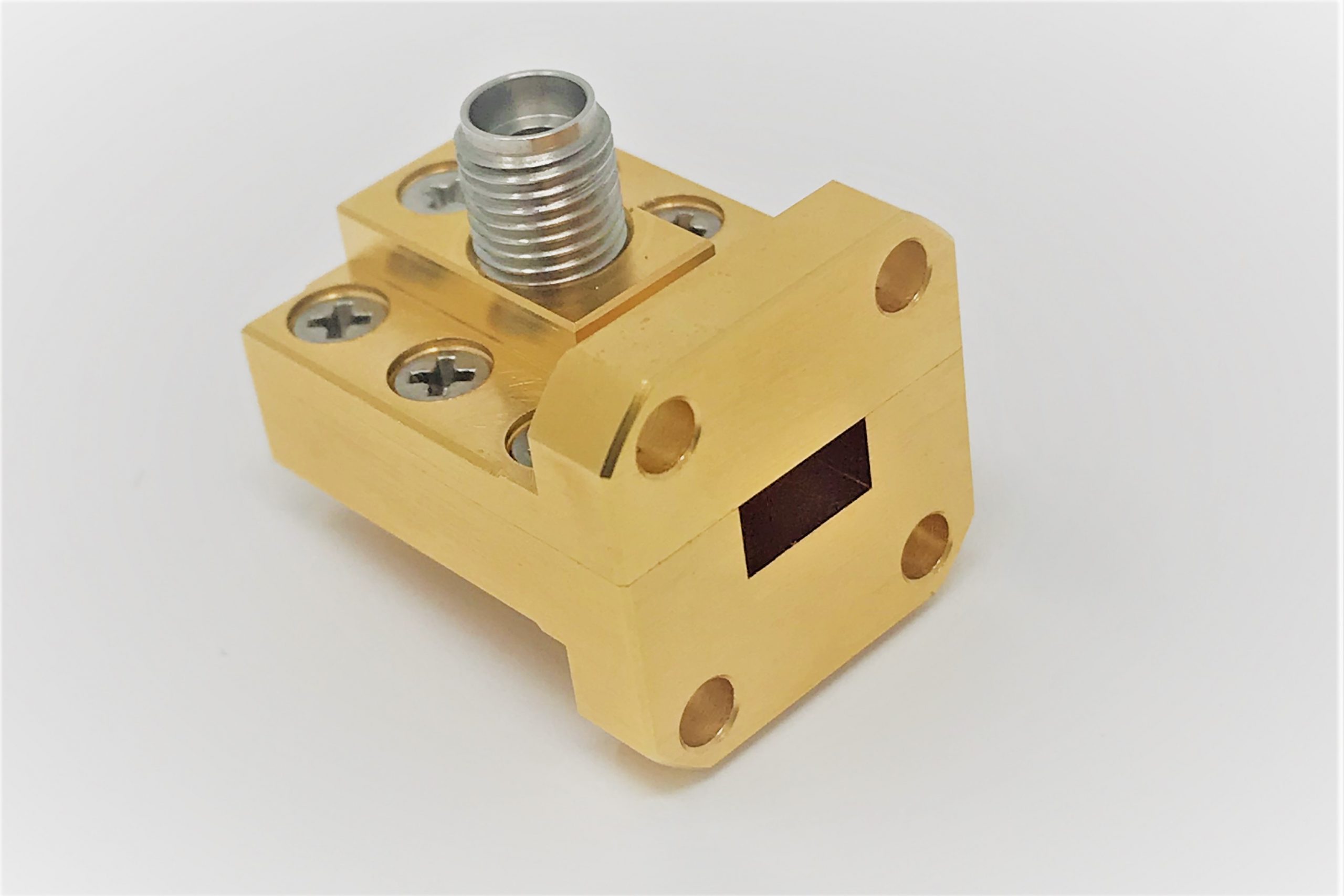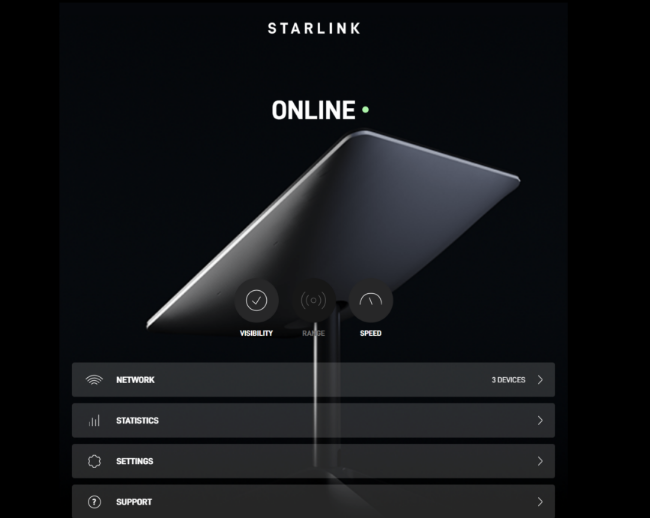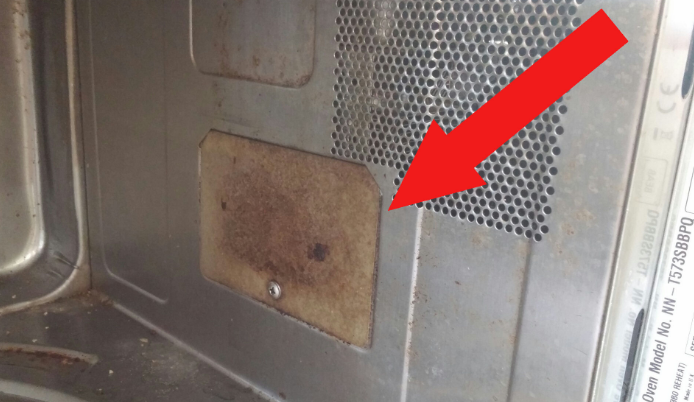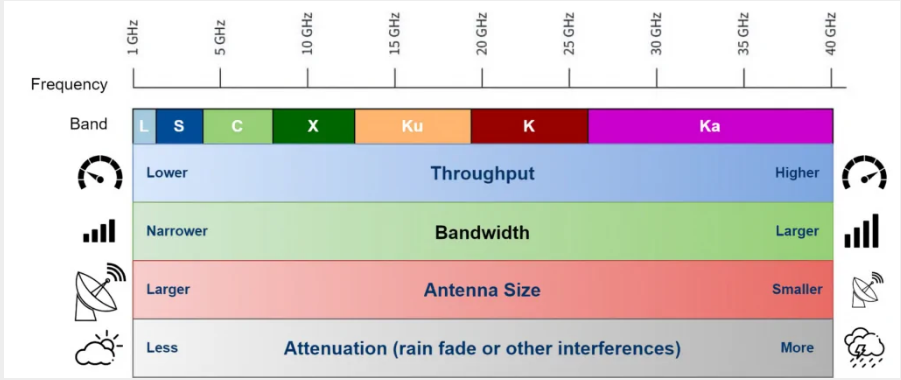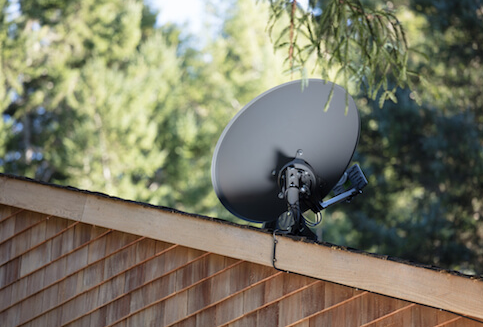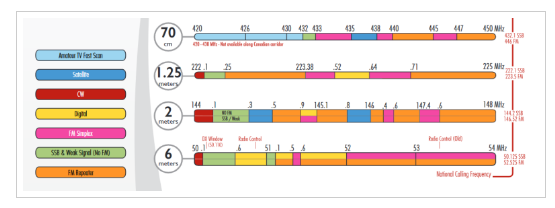Where should an antenna booster be placed
Place the antenna booster as close to the antenna as possible to minimize signal loss, ideally within one meter, as signal attenuation occurs at about 3dB per meter of coaxial cable. Near the antenna For the antenna amplifier to work best, it should be placed as close to the antenna as possible. The signal in […]
Where should an antenna booster be placed Read More »

